

|


|
|
1/10 Scale Electric Super Speedway Car:
Trinity Switch-Blade 10SS
|
Introduced by Team Trinity circa 1996, the 2WD Switch-Blade 10SS (SB10SS) Super Speedway car - # SB5015 - has improved steering geometry, compared to the EV10SS and a centralised battery configuration.
The model is based on a carbon graphite plate chassis, direct drive with a ball differential, front coil spring over kingpin suspension, with rear delta three point coil spring over oil filled dampers and ball bearings.
A Switch-Blade 10SS 2 version - # SB5017 - was introduced circa 2000, with associated mini-dampers and a number of "Team Parts" as standard.
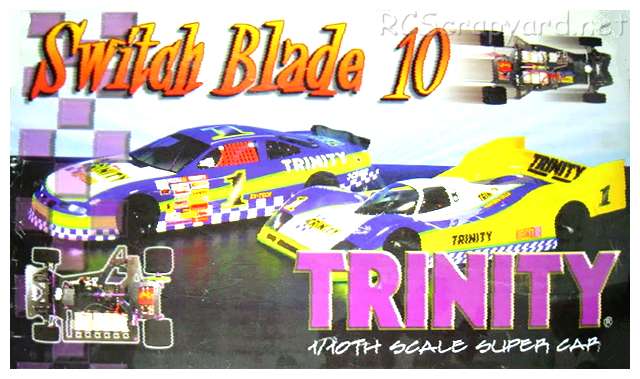
To race the Trinity Switch-Blade 10SS, it requires a high level of tuning for improved stability when cornering, to keep it on the track and give you more grip under acceleration. Even the smallest change in your cars settings can make a Big difference. Our simple to follow instruction chart will show how to attain the best Set-up for your personal requirements.
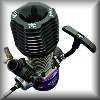
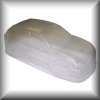
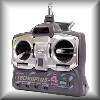

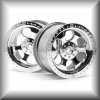
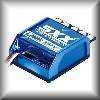
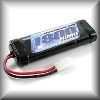
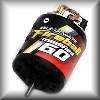
|
|
|

★ Trinity Switchblade 10SS Chassis ★
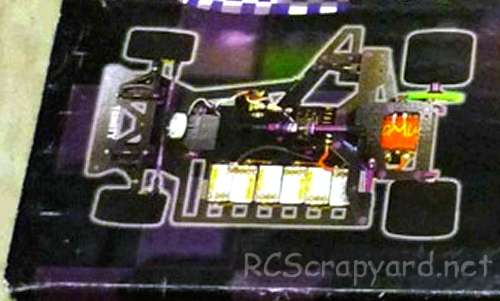
★ Trinity Switchblade 10SS Chassis ★

★ Trinity Switchblade 10SS Chassis ★
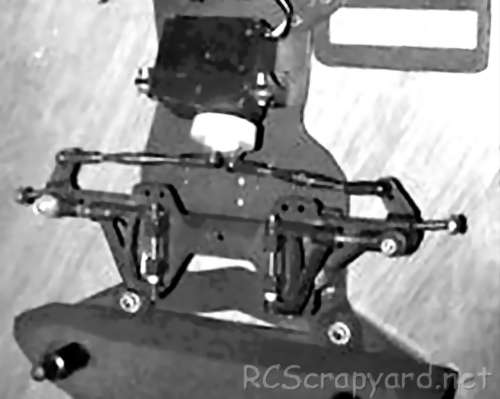
★ Trinity Switchblade 10SS Chassis ★
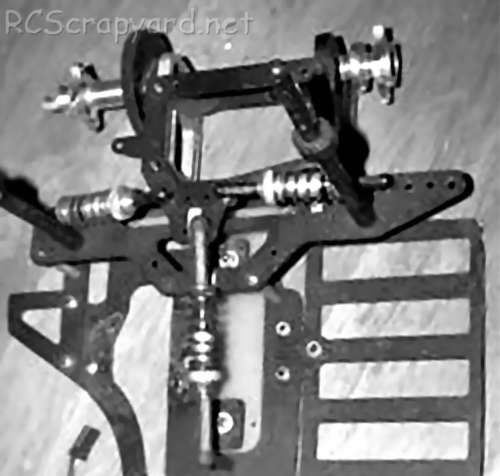
|
Buying a Used Trinity Switch-Blade 10SS
|
|
Manufacturers and Brands Catalogued, Listed and Reviewed by RC-Scrapyard.
At present, the RC Model Manufacturers, Brands and Distributors covered by us are: ABC Hobby, Academy, Acme Racing, Agama Racing, Amewi, Ansmann Racing, ARRMA, Team Associated, Atomic RC, Axial, AYK, Bolink, BSD Racing, Capricorn, Carisma, Carson, Caster Racing, Cen, Corally, Custom Works, Durango, Duratrax, ECX - Electrix, Exceed RC, FG Modellsport, FS-Racing, FTX, Fujimi, Gmade, GS-Racing, Harm, HBX, Helion, Heng Long, Himoto Racing, Hirobo, Hitari, Hobao, Hong-Nor, Hot Bodies, HPI, HSP, Intech, Integy, Jamara, JQ Products, Kawada, Kyosho, Losi, LRP, Maisto, Mardave, Marui, Maverick, MCD Racing, Megatech, Mugen, New Bright, Nichimo, Nikko, Nkok, Ofna, Pro-Pulse, Protech, PTI, RC4WD, Redcat Racing, RJ-Speed, Robitronic, Schumacher, Seben, Serpent, Smartech, Sportwerks, Step-Up, Tamiya, Team-C Racing, Team Magic, Thunder Tiger, Tomy, Top Racing, Traxxas, Trinity, Tyco, Vaterra RC, Venom, VRX Racing, WLToys, X-Factory, Xmods, Xpress, Xray, XTM, Yankee RC, Yokomo, ZD Racing and Zipzaps. |
|
Hints, Tips and Information
Emergency Plastic Part Repairs
It always happens when you least expect it. You are racing hard; and suddenly some idiot decides to side swipe you' and break your front wishbone. Even though you may carry spare parts for just about everything on your car, it always seems to be the same part that breaks, and although you made a mental note the last time it happened to get a replacement you soon realise those mental notes were not worth the paper they are written on.
|
|
Hints, Tips and Information
On Road Tires for Tarmac
Modern day RC Model Rubber Tires for tarmac racing, generally come in wide or narrow format and in three compounds - Soft, Medium and Hard, each compound corresponding to different track temperatures. |
|
RC Models:
|
Radio & Motors: |
Other
Accessories: |